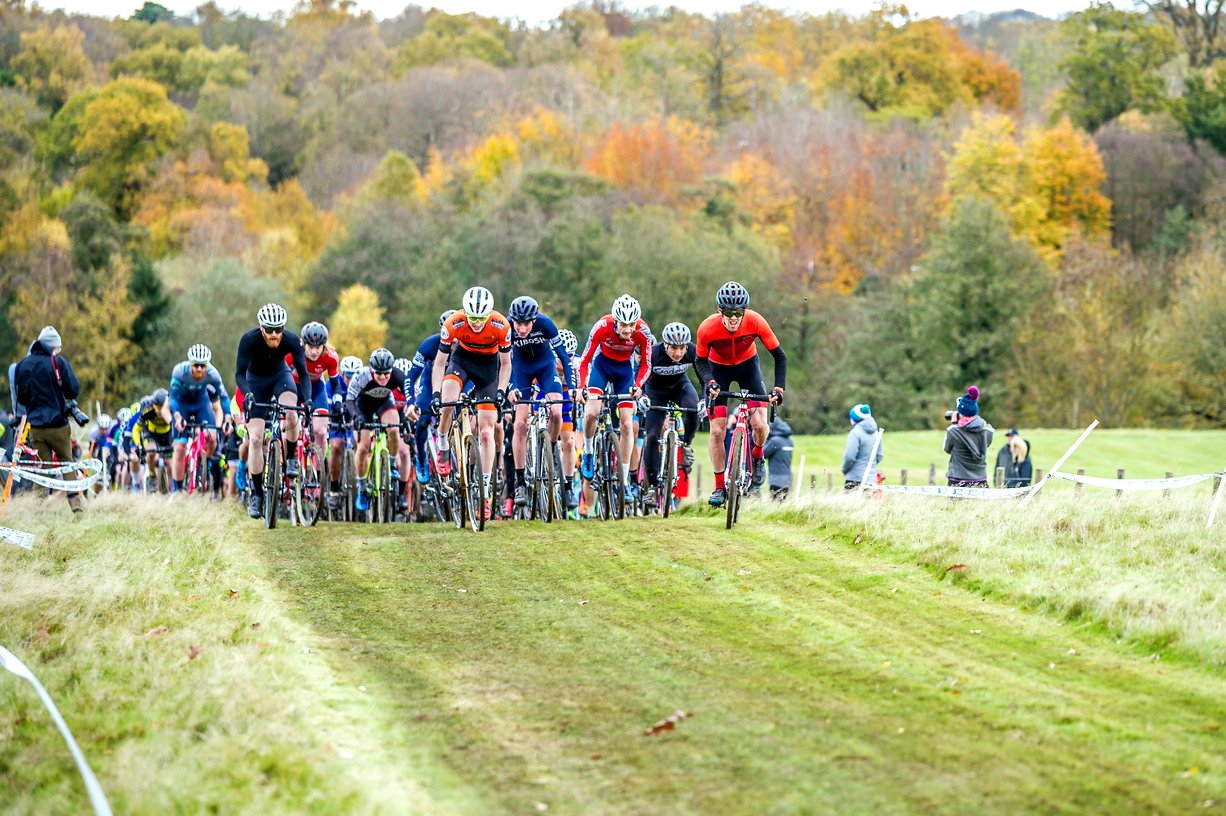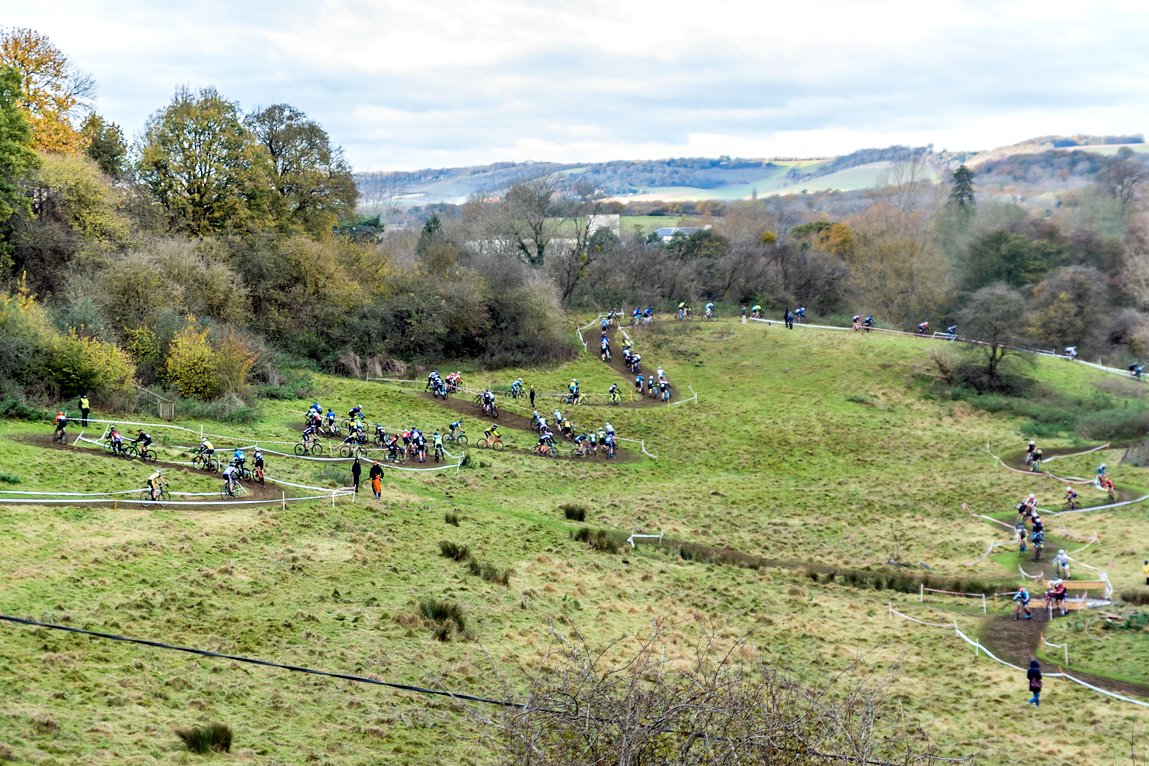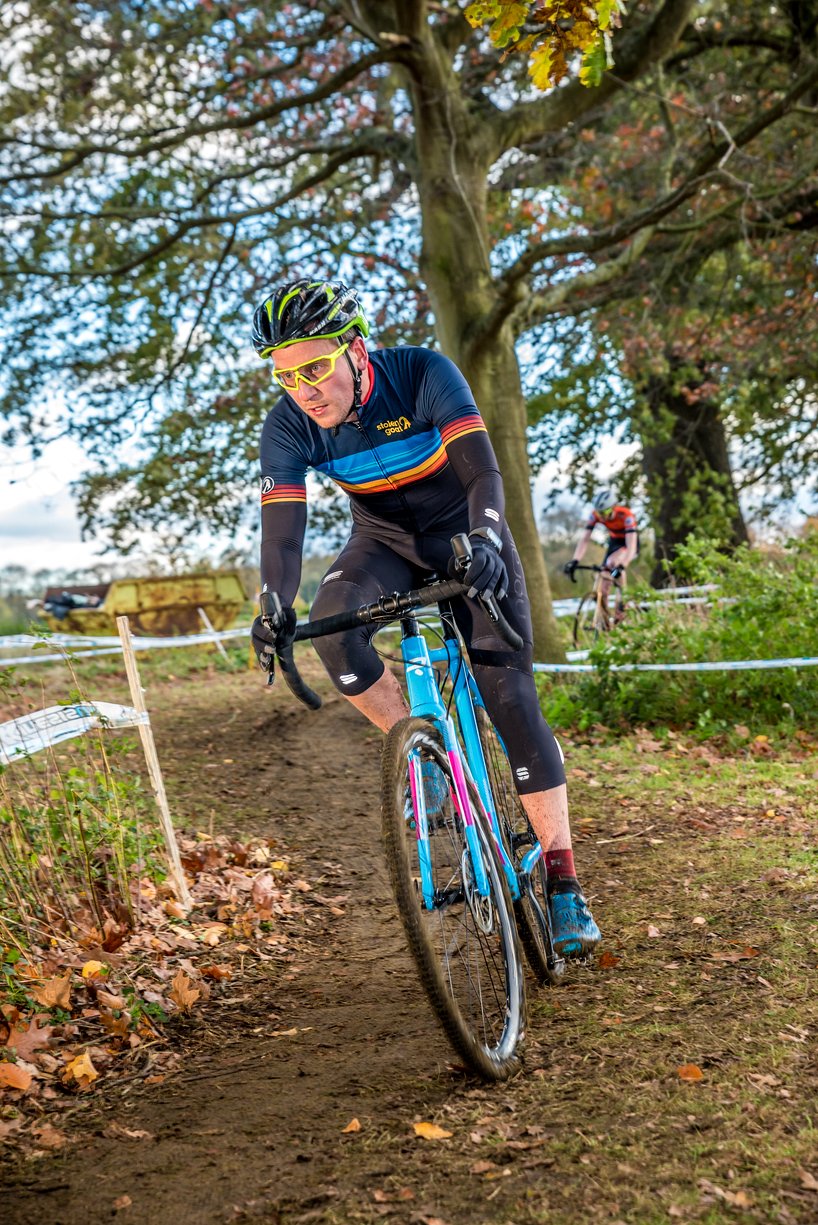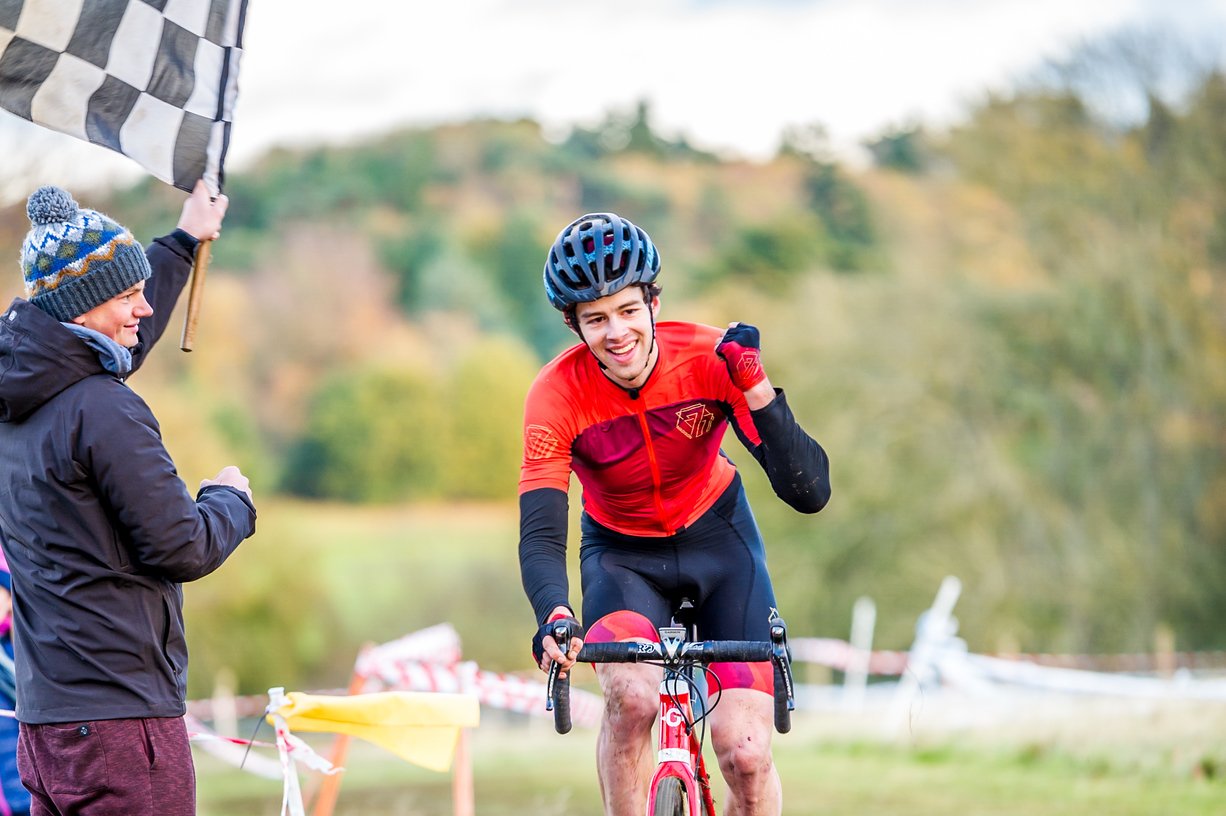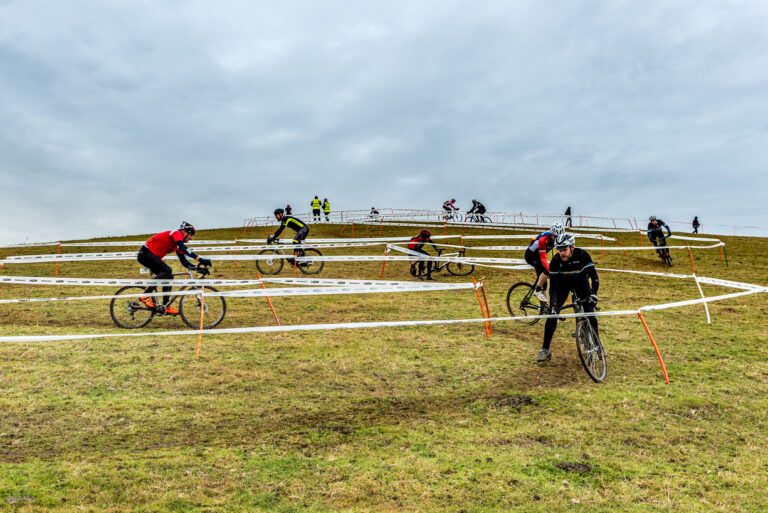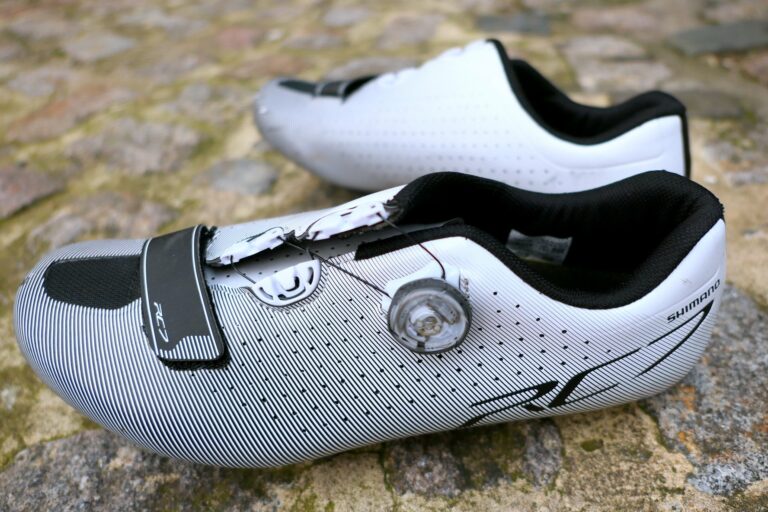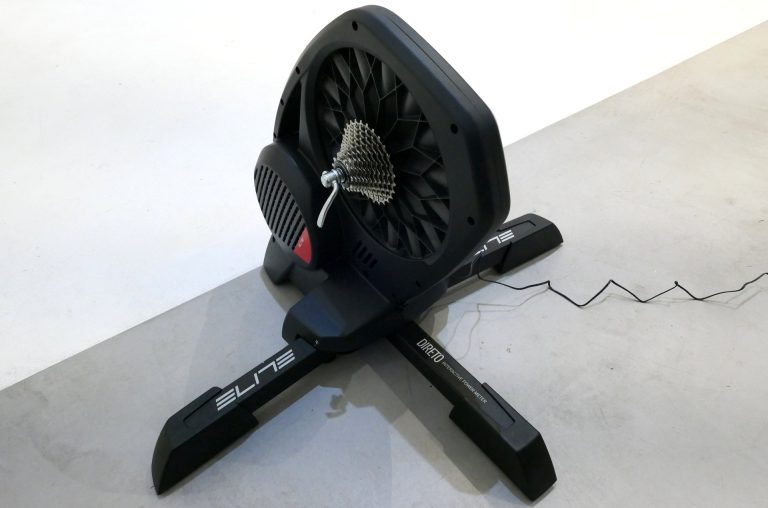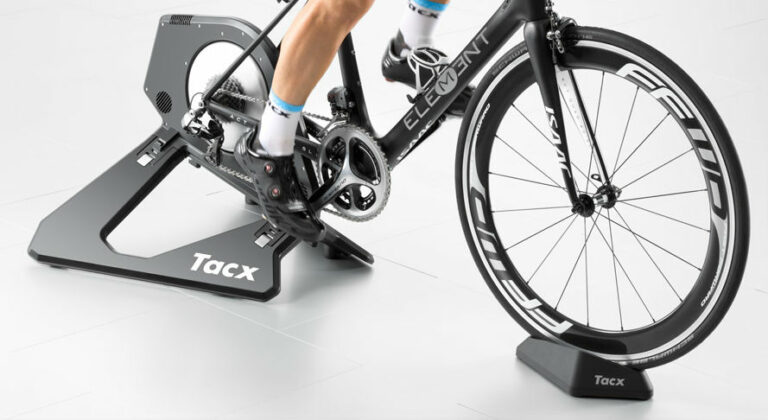Back at the start of November, I introduced the Ridley X-Night Disc I’ll be riding through this winter’s cyclo-cross season. Having suffered through a single novice race back in 2012, this year I’m making a committed attempt to race ‘cross – and that started with a round of the London league at Leeds Castle.
It was everything I remembered cyclo-cross to be. Leg-numbing-chest-searing-mud-splattered fun. What more could you want from a bike ride? Well, warm sun and long Alpine climbs for starters, but cyclo-cross puts every rider through the mill, whether complete beginner or seasoned pro, and leaves them wanting more. It’s addictive in a way that only riding round in circles at full gas in the depths of the northern European winter can be. I loved it – once I’d stopped coughing and spluttering, slumped over the handlebars at the finish line.
I rolled home 69th from a bumper field of 103 riders in the men’s senior race, having learnt a handful of valuable lessons along the way. If you’re thinking about entering your first cyclo-cross race, here are a handful of tips I’ve picked up along the way so far.

[series]

